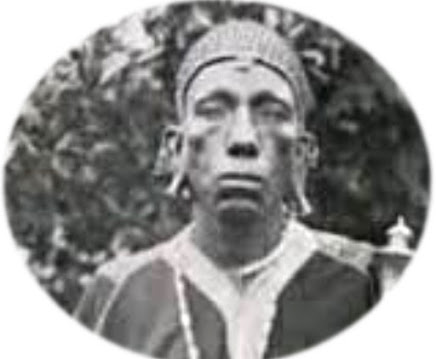Who was Chief Kinyanjui wa Gathirimu (c. 1893-1929) of the Kikuyu people of Kenya?

Chief Kinyanjui in the 1890's The period in which Kinyanjui wa Gathirimu entered the history books is the 1890’s with his demise in 1929. This was in the territory of the now famous Chief Waiyaki wa Hinga. At the time, what became the British protectorate belonged to a company – The Imperial British East African Company (IBEA). From the early days of Swahili and Arab traders, Waiyaki’s Kihingo (fortified Village), was a sort of supermarket. Caravans stopped over to trade with the kikuyu near the later location of a fort . Fort Smith was established when it became imperative to protect caravans on the Uganda Road and later the Uganda Railway besides acquiring provisions for the long journeys to and from the coast. The fort was established by Eric Smith in 1891, after the earlier one at Dagoretti (Kiawariua) was abandoned by Wilson following continuous harassment. As soon as he left for Machakos, the fort was razed down by the Kikuyu. Trading before the IBEA company Before the ...
